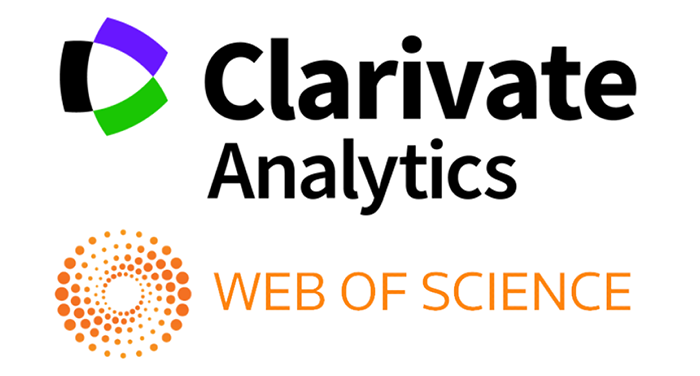MASOFAVIY TA’LIMDA O‘QUV TEXNOLOGIYALARINING TALABALAR PSIXIKASINING AXBOROTNI QAYTA ISHLASH VA KOGNITIV YUKLAMALAR JARAYONIGA TA’SIRI
"Maqola"
Masofaviy ta’lim (MT)ning keng qo‘llanilishi ta’lim olish imkoniyatlarini kengaytirdi, biroq onlayn muhitning o‘ziga xos xususiyatlari axborotni samarali qayta ishlash va bilim olishda qiyinchiliklar tug‘dirishi mumkin. Kognitiv yuk nazariyasi (KYN) o‘quv materiallari va mashg‘ulotlar dizaynining o‘quvchilar kognitiv yukiga qanday ta’sir qilishi, ularning axborotni o‘rganish va eslab qolish qobiliyatiga ta’sir qilishini tushunish uchun muhim asos yaratadi. Biz ushbu bilimlarning masofaviy ta’limda o‘quv dizayni uchun natijalarini muhokama qilamiz, kognitiv resurslarni optimallashtiradigan va mazmunli o‘rganishni rag‘batlantiradigan, ta’lim oluvchilarga yo‘naltirilgan, yaxshi tuzilgan va qiziqarli onlayn o‘quv tajribasini yaratish muhimligi asoslarini tahlil qilib chiqamiz.
References
Atkinson, R. C., & Shiffrin, R. M. (1968). Human memory: A proposed system and its control processes. In K. W. Spence & J. T.
Spence (Eds.), The psychology of learning and motivation (Vol. 2, pp. 89-195). Academic Press.
Ayres, P., & Sweller, J. (2014). The split-attention principle in multimedia learning. In R. E. Mayer (Ed.), The Cambridge
handbook of multimedia learning (2nd ed., pp. 135-151). Cambridge University Press.
Braun, V., & Clarke, V. (2006). Using thematic analysis in psychology. Qualitative Research in Psychology, 3(2), 77-101.
Chen, O., Kalyuga, S., & Sweller, J. (2019). The worked example effect: When and why it works. Human Factors, 61(3), 380-392.
Chen, O., & Kalyuga, S. (2018). Cognitive load theory in educational research and practice. In J. Dunlosky & R. A. Bjork (Eds.),
The handbook of memory and metamemory (pp. 413-432). Routledge.
Hart, S. G., & Staveland, L. E. (1988). Development of NASA-TLX (Task Load Index): Results of empirical and theoretical
research. In P. A. Hancock & N. Meshkati (Eds.), Human mental workload (pp. 139-183). North-Holland.
Mayer, R. E. (2001). Multimedia learning. Cambridge University Press.
Park, J., & Lee, Y. (2018). The effects of adaptive learning system based on cognitive load theory on students’ learning
achievements and cognitive loads. Computers & Education, 124, 185-199.
Sweller, J. (1988). Cognitive load during problem solving: Effects on learning. Cognitive Science, 12(2), 257-285.
Sweller, J., Van Merrienboer, J. J. G., & Paas, F. G. W. C. (1998). Cognitive architecture and instructional design. Educational
Psychology Review, 10(3), 251-296.
Wei, H.-C., Wang, M.-J., & Huang, Y.-M. (2019). Investigating the role of instructor presence and social presence in online
learning environments: A structural equation modeling approach. Computers & Education, 130, 209-222.
Copyright (c) 2024 O‘zMU xabarlari

This work is licensed under a Creative Commons Attribution-NonCommercial-ShareAlike 4.0 International License.


.jpg)

.png)







